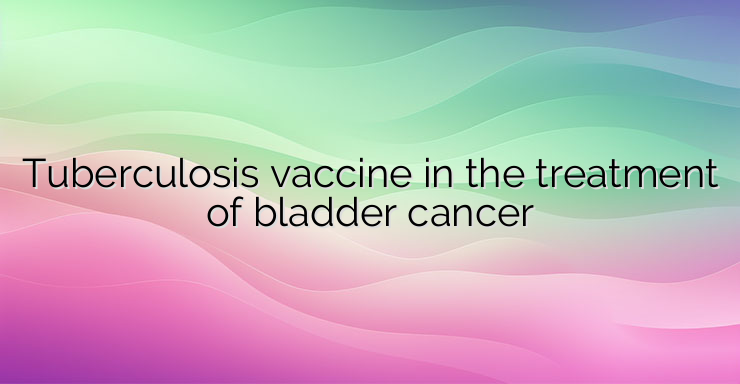Live attenuated vaccines may exert non-specific modulation of immune protection against infections not directly associated with the vaccine. An example is the vaccine against tuberculosis, or better known as BCG, which also shows a protective effect against other respiratory infections. During the COVID-19 pandemic, testing these effects was part of the pandemic control program. Non-specific effects arise due to the broad effects of specific live attenuated vaccines on the immune system, relying on heterologous lymphocyte responses and induction of protective immune responses. In addition to the tuberculosis vaccine, similar data are also reported for other live vaccines � an example is the yellow fever vaccine. Other live vaccines are the three-component measles, mumps and rubella vaccine, as well as the recommended rotavirus vaccine. Another recommended live vaccine is against chicken pox. The tuberculosis vaccine has been administered for more than 100 years without major modifications, maintaining its effectiveness and harmlessness so many years after its discovery. Its immunostimulating effect began to be talked about a few years after the start of the vaccination program. Over the years, studies have been conducted in various fields, including urology and oncourology, and it has been implemented to treat bladder cancer. Several main groups are the indications in which the treating urologist, oncourologist or oncologist may consider starting therapy with the application of the tuberculosis vaccine locally in bladder cancer. First, a high risk of non-muscle invasive bladder cancer that shows a tendency to recur or spread to deeper layers of the bladder. Also applications can be appointed after surgery to remove tumors of the bladder. Usually, in most cases, the course involves applications in the bladder once a week for 6 weeks. As such, it is an introductory course. After this initial course, therapy can be continued as maintenance with applications placed every few weeks or months, according to condition and improvement. Typically, the entire course can last from 1 to 3 years. Recommendations are for this type of treatment to be used in medium-risk non-muscle invasive bladder cancer. This type of non-specific immunostimulation can also be applied in cases where it is not possible to continue with chemotherapy due to pronounced side effects that exceed the benefit-risk ratio. Also in cases where there is no therapeutic effect from already applied conventional therapies. The vaccine is injected into your bladder through a thin tube (catheter). It is important to drink minimal fluids before the procedure and not to urinate for at least 2 hours after it. The patient is advised to change his position every now and then, so as to allow all areas of the mucosa to be in sufficient contact with the active ingredient.The recommendations after a few hours of the procedure are to start taking more fluids for the purpose of cleansing, and also in relation to the presence of a bacterial agent, although with altered infectious activity – during sex to use protective means for at least 1 week . Side effects such as an irritated bladder are also possible – the symptoms are similar to urinary infections. In addition, there may also be blood in the urine, flu-like symptoms within 24 to 48 hours after each application, discomfort and pain when urinating. Although the current focus of research on live attenuated vaccines has been the COVID-19 pandemic, the non-specific effects of these vaccines could be used against other important infections such as influenza in the elderly or even malaria. But apart from infectious diseases, the role of live vaccines is increasingly being studied in relation to oncological diseases as well. References: 1. P. Aaby et al., Beneficial non-specific effects of live vaccines against COVID-19 and other unrelated infections, Lancet Infectious Disease, 2023; 2. BCG into the bladder, Cancer Research UK.


Leave a Reply